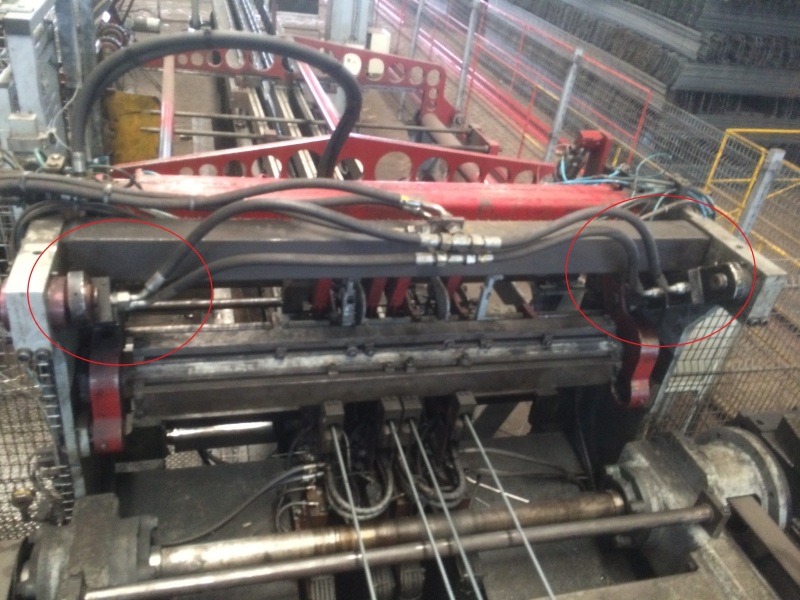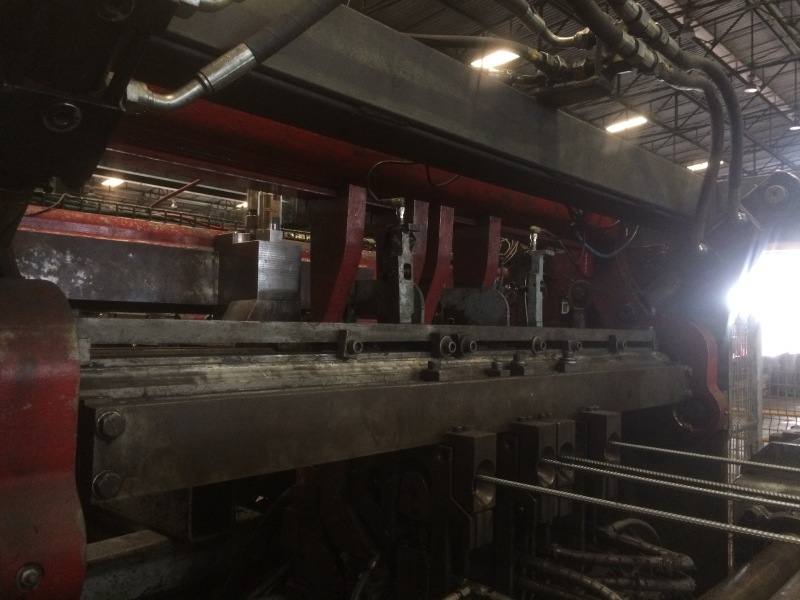Gustavo Silvano
Industrial
- Aug 12, 2016
- 53
Hello there!
I'm having a problem with two cylinders that are connected to the same valve. Throught the time, one cylinder starts to delay it course, and as they are attached to the same structure, this structure starts to break, causing problems to our process.
My question is: can I detect this delay in a hydraulic way (such as using a manometer), or trough an electrical sensor (such as an linear transducer attached to the cylinder)?
Thanks
Gustavo
I'm having a problem with two cylinders that are connected to the same valve. Throught the time, one cylinder starts to delay it course, and as they are attached to the same structure, this structure starts to break, causing problems to our process.
My question is: can I detect this delay in a hydraulic way (such as using a manometer), or trough an electrical sensor (such as an linear transducer attached to the cylinder)?
Thanks
Gustavo




